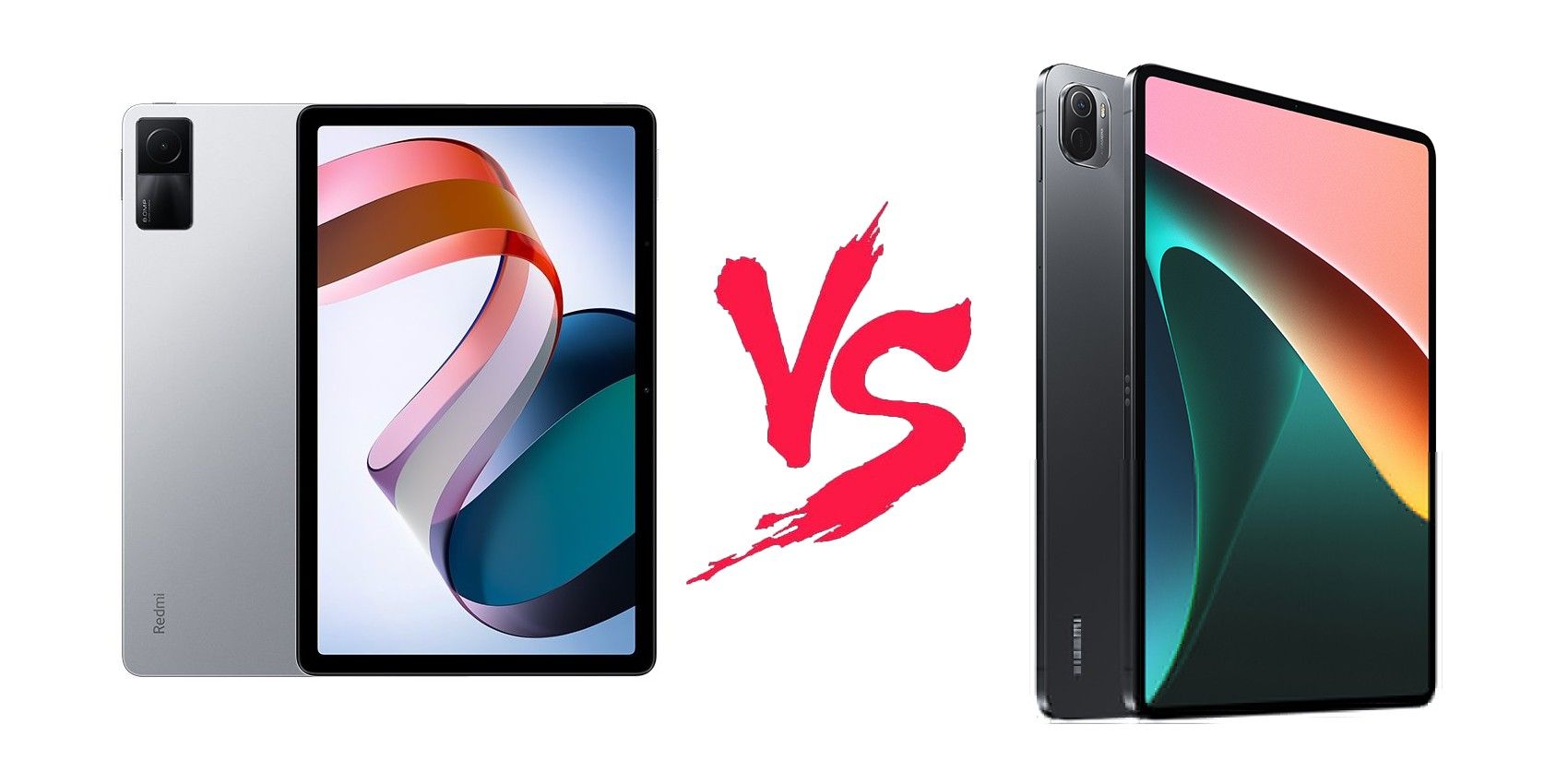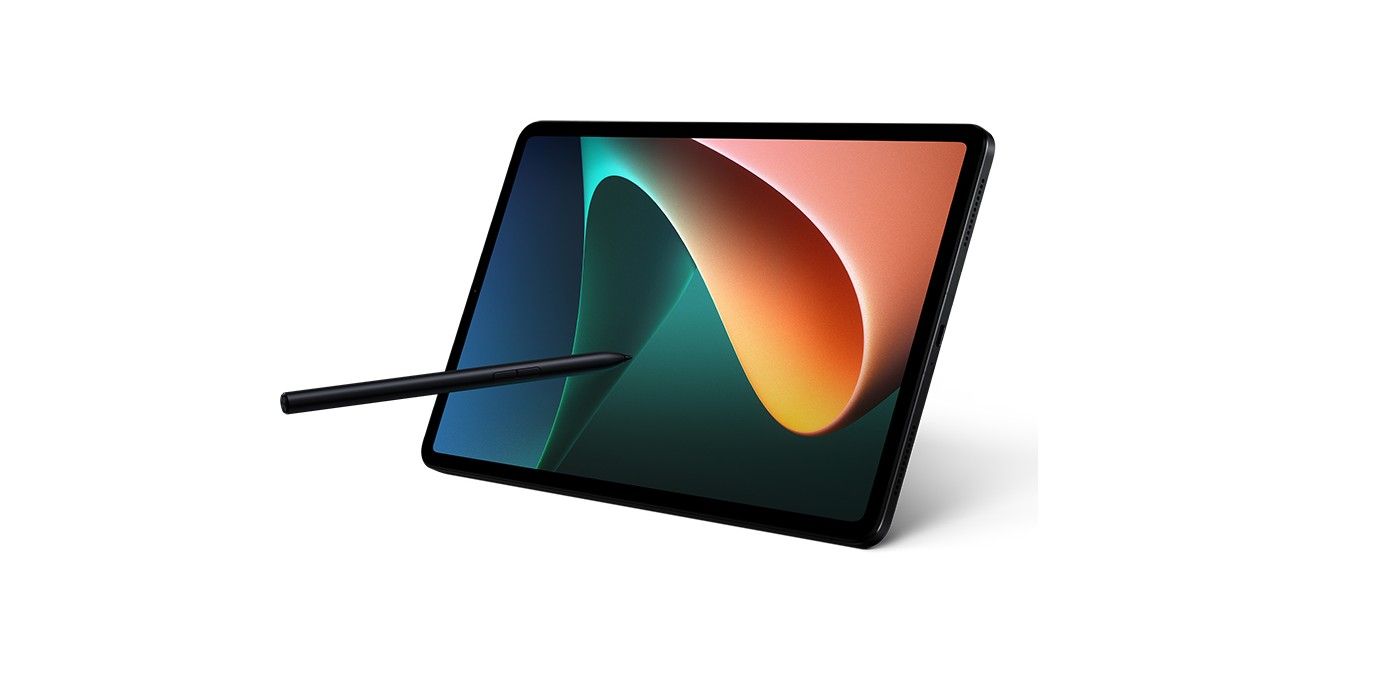The Redmi Pad is the first tablet with Redmi branding, but is it worth buying over the Xiaomi Pad 5? Redmi first started as a line of affordable smartphones by Xiaomi, offering models with a lower price tag than those launched under the Xiaomi brand. However, in 2019, Xiaomi spun off Redmi into a separate sub-brand.
Since then, the Redmi product portfolio has expanded to include earbuds, smartwatches and fitness trackers, laptops, monitors, smart TVs, and even home appliances such as washing machines. Surprisingly, the Redmi Pad is the first tablet from the sub-brand. Alongside Redmi, Xiaomi has another subsidiary called Poco which offers performance and gaming-focused phones on a budget.
The Redmi Pad has a 10.61-inch 2K (2,000 × 1,200) display which is a tad smaller than the 11-inch WQHD+ (2,560 × 1,600) screen of the Xiaomi Pad 5. Despite both screens being LCD panels, they can display up to a billion colors. However, while the Redmi Pad has a 90Hz refresh rate, the Xiaomi Pad 5 refreshes at 120Hz and also includes support for Dolby Vision, HDR10+, HDR10, and HLG. The Xiaomi Pad 5 also features stylus support, but the stylus (and optional keyboard case) have to be purchased separately.
The Xiaomi Pad 5 Is More Powerful
The Redmi Pad is powered by MediaTek's 6nm Helio G99 processor, and it is available in 3GB + 64GB, 4GB + 128GB, and 6GB + 128GB configurations. It also has a microSD card slot for expansion up to 1TB. In contrast, the Xiaomi Pad 5 uses the more powerful Snapdragon 860 processor paired with 6GB of RAM. Buyers get to choose between 128GB or 256GB of storage, but there's no SD card slot. Both tablets have an 8MP front-facing camera. There is an 8MP camera on the back of the Redmi Pad, while the Xiaomi Pad 5 has a 13MP rear camera with dual-LED flash.
Neither tablet has a headphone jack, but they feature quad speakers with Dolby Atmos. The Redmi Pad has Bluetooth 5.3 and Wi-Fi 5 while the Xiaomi Pad 5 has Bluetooth 5.0 and Wi-Fi 6. There's no cellular variant available for either. When the Xiaomi Pad 5 launched in August 2021, it ran Android 11 out of the box. However, it has now been updated to MIUI 13 based on Android 12, while a developer version of Android 13 is also available. In contrast, the Redmi Pad runs MIUI 13 based on Android 12 out of the box. Xiaomi has promised that it will receive “2 versions of Android and MIUI upgrades across 3 years” and three years of security updates. The tablets run a custom version of MIUI called MIUI For Pad which brings features such as split-screen multitasking, floating windows, and multi-window, but it is not based on Android 12L. Notably, these features are not available on the 3GB RAM version of the Redmi Pad.
With respect to battery life, the Redmi Pad packs an 8,000mAh battery with support for 18W fast charging and comes bundled with a 22.5W charger. On the other hand, the Xiaomi Pad 5 has a larger 8,720mAh battery and supports 33W fast charging but ships with a 22.5W charger in the box. The Redmi Pad is available in Europe at a starting price of €279 (~$279). Unsurprisingly, the Xiaomi Pad 5 costs more with a starting price of €349 (~$349). Unfortunately, neither tablet is sold in the U.S. The Redmi Pad is great for anyone who wants an affordable tablet with a great display and powerful speakers for media consumption and casual gaming. However, the Xiaomi Pad 5 does all this and much more, making it a better option than the Redmi Pad for those who can afford it.


